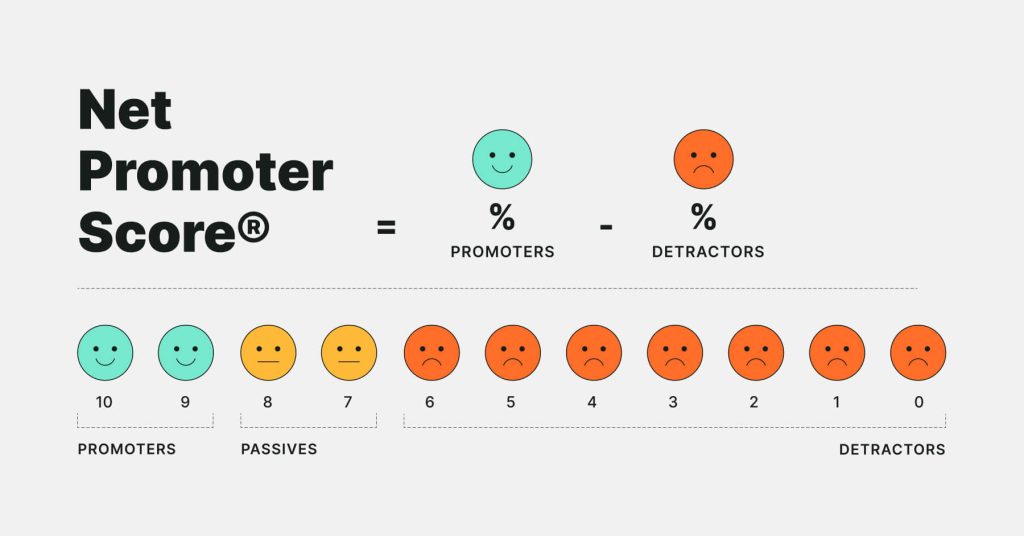The success of a company depends largely on the quality of the customer service agents in your Call Center. After all, it is the part of the company that is most connected to customers, dedicated to providing solutions to problems and answers to any concerns they may have.
Therefore, it is essential that the management of the contact center implement metrics to measure the performance of the agents. In this way, identifying the areas of weakness of each employee and finding new methodologies to enrich interpersonal skills becomes a quick, simple and effective task.

5 metrics to measure the performance of agents in a Call Center
Average Handling Time (AHT)
The king of all call center metrics: the AHT (Average Handle Time). Average handle time refers to the total number of minutes between the start of a call and the end of a call, including talk time, hold time, and end time.
Generally speaking, call centers try to optimize productivity by lowering AHT. The greater the number of calls made per day, the greater the probability of making sales. So while a “good” AHT number is hard to pin down, the general consensus is that the lower the number, the better.
However, focusing solely on AHT without considering other nuances is a poor strategy for measuring our team’s performance. Some customer issues are naturally more complex than others, requiring more time on the phone. In fact, a lower AHT could mean that your agents are not providing well-developed and useful solutions to customers, which is bad practice for any call center.
Case volume
Case volume is the number of calls an agent handles over a given period of time, whether it’s a day, a week, or a month. Most call centers set a daily quota of cases to be reached as an incentive not to spend too much time on a single call (and miss out on assisting other customers).
Knowing the number of cases handled by an agent over a given period of time also makes it possible to discover other relevant data to evaluate the service. You can define the time of higher request traffic, measure the waiting time, and evaluate the quality of the response if the customer calls again.
Customer satisfaction
There are several channels and metrics that allow you to measure the level of customer satisfaction. In this case, we will focus on the NPS (Net Promoter Score) record. This measurement tool allows you to identify what the customer feels in relation to your company through a simple question: “On a scale of 0 to 10, how much would you recommend our company?”

Net Promoter Score = % of promoters – % of detractors
With this metric we can identify if the company has loyal or dissatisfied customers. When low scores are recorded, customer service managers should review these cases with representatives to discuss the factors that led to the negative result. By examining these cases individually, finding patterns in the answers, or in the product/service with which customers may feel dissatisfied or not is much more agile and quick, and helps solving the problem much more effectively.
Phone availability
Phone availability is the percentage of time an agent is available to receive calls. Typically, it also includes time spent on the phone with a customer.
Phone availability shows how much time a service representative spends with customers versus independently resolving issues. When agents are just starting out, availability is often lower because they spend more time troubleshooting and finding solutions. But as they develop their skills, cases become more redundant and their phone availability improves.
Average call transfer rate
The average call transfer rate indicates how often a customer service agent solves a problem without the help of a colleague or specialist.
The ideal for any company is that customers can solve their problems in the first contact. In other words, with just a call, message or email they can solve their contingency. The more call transfers to another department or to another agent the customer receives, the greater their dissatisfaction will be.
Although it is important that there is an order and a hierarchy between the agents to organize the requests to be answered, the customer experience must be always considered of throughout the call.
Automate metrics with a specific software
In addition to applying individual and global metrics, it is essential to invest in software designed exclusively to meet the needs of your call center. In this way, streamlining processes and evaluating the performance of your team becomes a simple, agile and automated task.
At ICR Evolution we have a powerful omnichannel tool that will allow you to offer an optimal service to your team while facilitating the generation and assessment of processes for your company.
Provide the best customer service with ICR Evolution’s omnichannel contact center software.
- Offer a great agent experience
- Reduce agent burn-out
- Advise your customers in a more complete and personalized way
Do you want to know more about our software EVOLUTION? Request a demo here!





